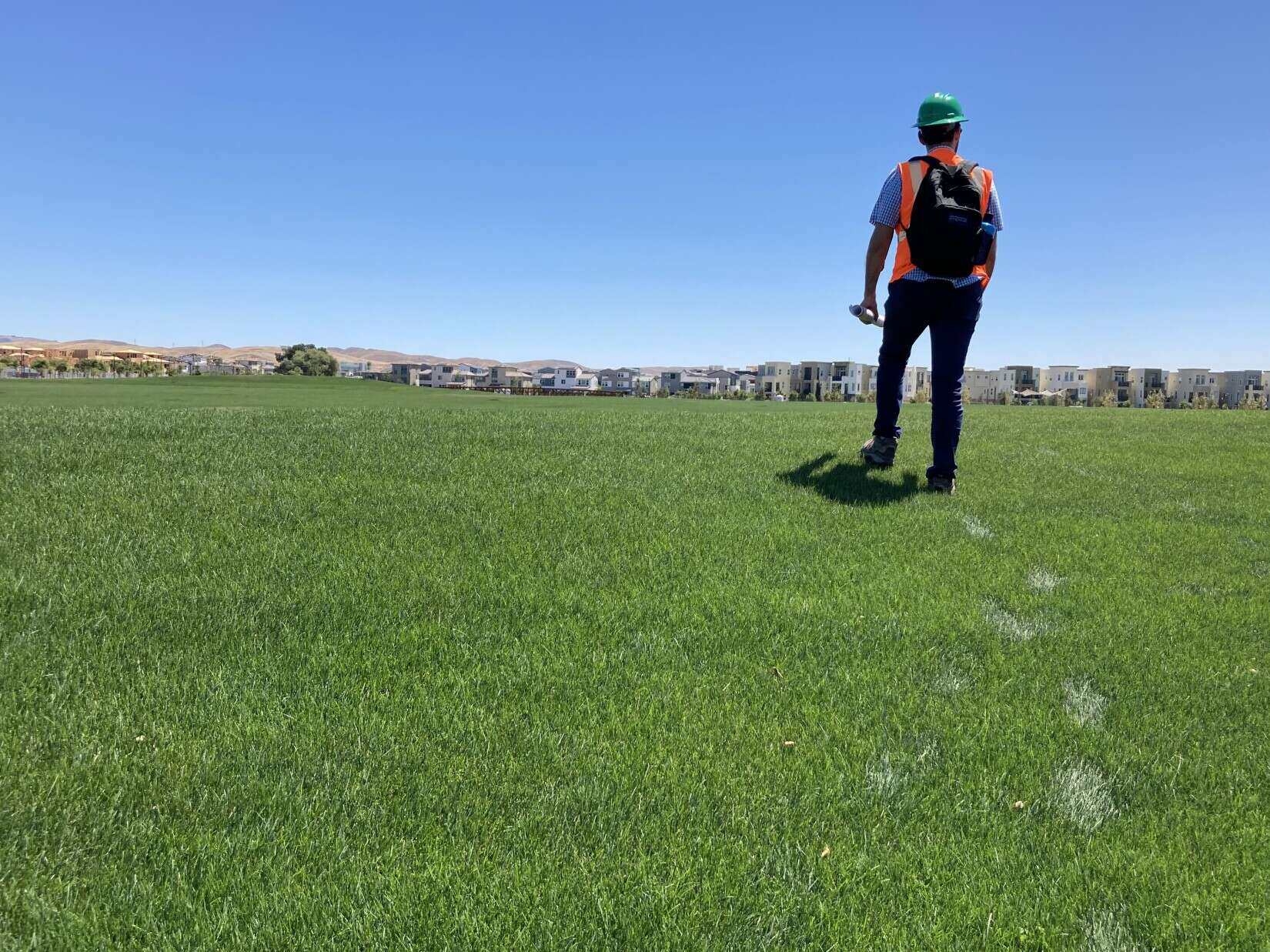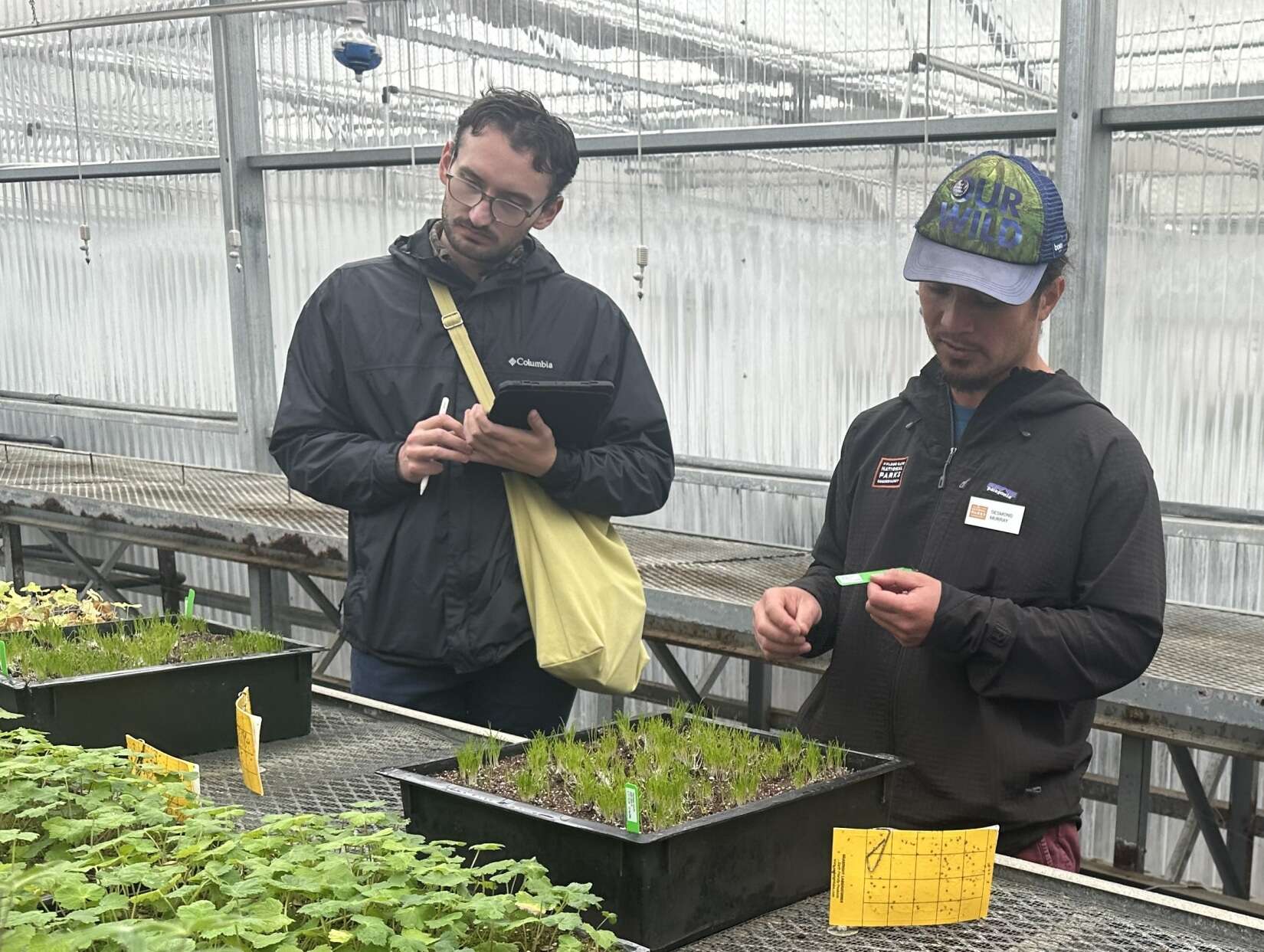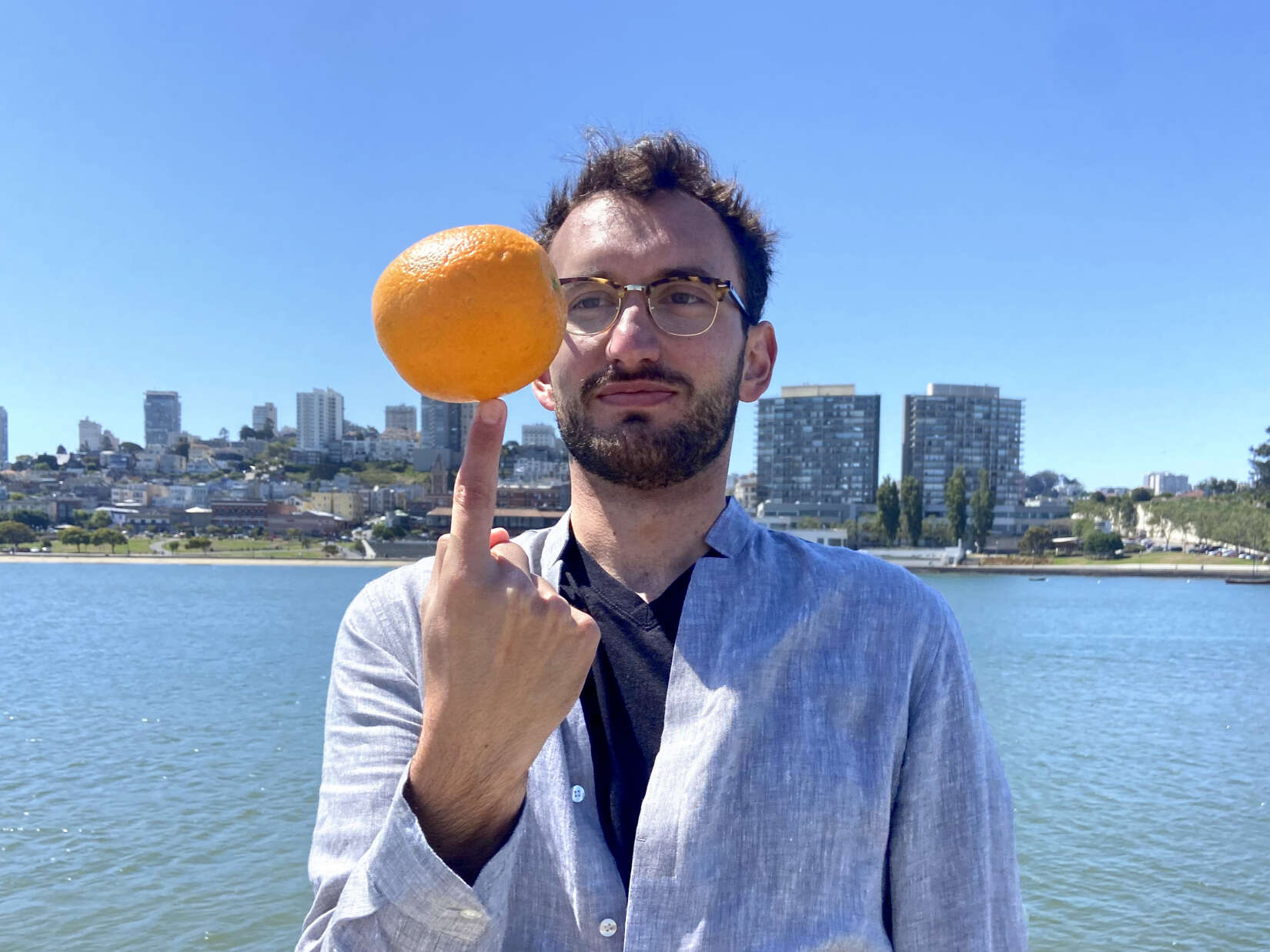2025 Promotion / Peter's Promotion to Design Coordinator!
Carducci Associates is excited to announce that Peter Stanley has taken on the role of Design Coordinator! This well-deserved promotion reflects Peter’s problem-solving skills and the impressive growth he’s demonstrated while designing a wide range of projects this year.
Peter is known for his thorough, detail-oriented approach and his dedication to continuous growth. His contributions have been key in ensuring our projects are delivered to a high level of quality. Public school projects have been particularly rewarding for Peter, as he values the opportunity to design inclusive spaces that communities take pride in. Collaborating with large teams on these projects has provided him with a deeper understanding of the many thoughtful considerations that go into every aspect of design.


Currently, Peter is working on a diverse array of projects, including community parks, outdoor sports facilities, residential subdivisions, and K-12 public schools. This breadth of experience continues to shape his expertise and expand his knowledge in the landscape architecture field. His straightforward, easygoing nature—paired with his sharp sense of humor—makes him a true asset to the team, and a joy to work with.
Congratulations, Peter! We look forward to seeing the incredible contributions you will make as you continue to grow in your new role.

Feature / People





